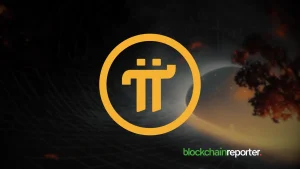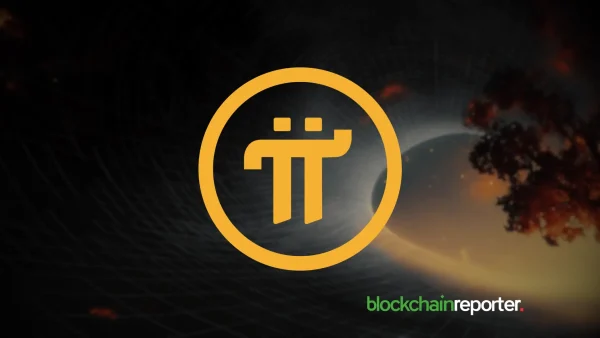
ZK has announced that certain jurisdictions will be blocked from participating in its airdrop due to compliance with international sanctions. The blocked regions include Cuba, Iran, North Korea, Russia, Syria, and specific areas in Ukraine: Crimea, Donetsk, and Luhansk. These geographical restrictions are necessary to adhere to the sanctions regulations set forth by the U.S. Department of Treasury’s Office of Foreign Assets Control (OFAC), the United Nations Security Council (UNSC), the European External Action Service (EEAS), and His Majesty’s Treasury (HMT). Additionally, residents of the United States will also be prohibited from participating in the airdrop.
The snapshot for the ZK airdrop was taken on March 24, 2024, at 00:00:00 UTC, marked by Era Block Number 29710983 and Lite Block Number 187273. The airdrop claims for ZKsync users will begin the week of June 17th, 2024, and continue until January 3rd, 2025. A total of 3,675,000,000 tokens will be distributed among 695,232 eligible wallets.
There are two primary categories through which wallets can qualify for the 17.5% airdrop: Users and Contributors. Users, who constitute 89% of the airdrop, bridged funds onto ZKsync Era and met at least one of the seven eligibility criteria. Contributors, making up 11%, include individuals, developers, researchers, communities, and companies who contributed to the ZKsync ecosystem through development, advocacy, education, or participation.
Usage-Based Airdrop Process
The first step in the usage-based airdrop process involved checking every address transacted on ZKsync Era and ZKsync Lite against the eligibility criteria. These criteria included interactions with smart contracts, paymaster activities, token trading, providing DeFi liquidity, holding Libertas Omnibus NFTs, ZKsync Lite activity, and donations to Gitcoin.
Allocations for eligible addresses were determined based on a value-scaling formula. This formula adjusted an address’s allocation based on the amounts sent to ZKsync Era and the duration for which those crypto-assets remained in the wallet. Crypto assets in DeFi protocols were valued at twice their nominal value to emphasize their utility. The time-weighted average balance was calculated by summing the daily balances and dividing by the total number of days in the snapshot period, which lasted 366 days.
Addresses could receive additional multipliers based on certain activities that indicated a high likelihood of human behavior or contribution to ZKsync. These multipliers included holding specific ZKsync native NFTs or ERC-20 tokens, creating smart contract wallets via ZKsync Era native account abstraction, holding a percentage of the ARB/OP/ENS airdrop for more than 90 days, and early interactions with qualifying Ethereum smart contracts.
To ensure fairness and prevent bot swarms, a conservative sybil detection methodology was employed. This methodology grouped externally owned accounts (EOAs) with common funding patterns or CEX deposit address reuse into clusters. Clusters with more than 20 EOAs were filtered out to eliminate potential bots.








